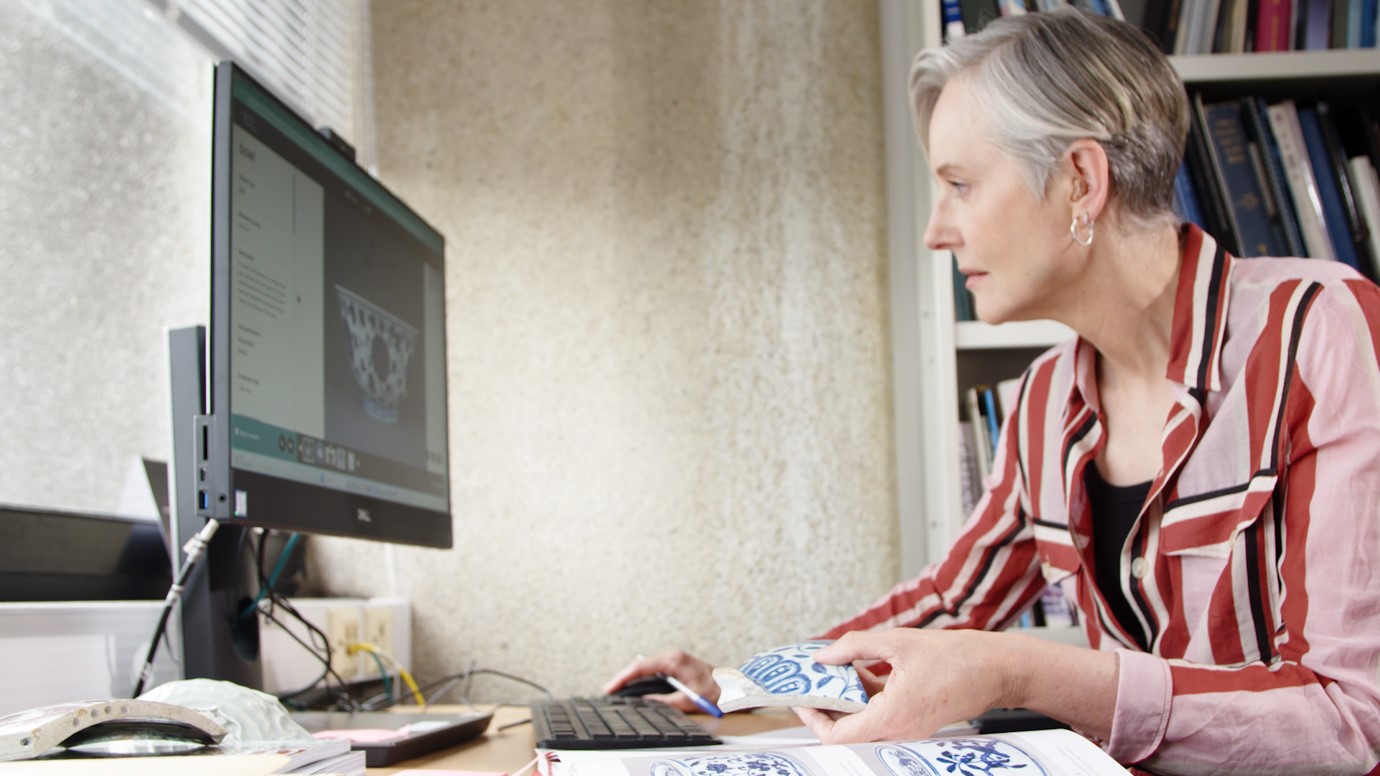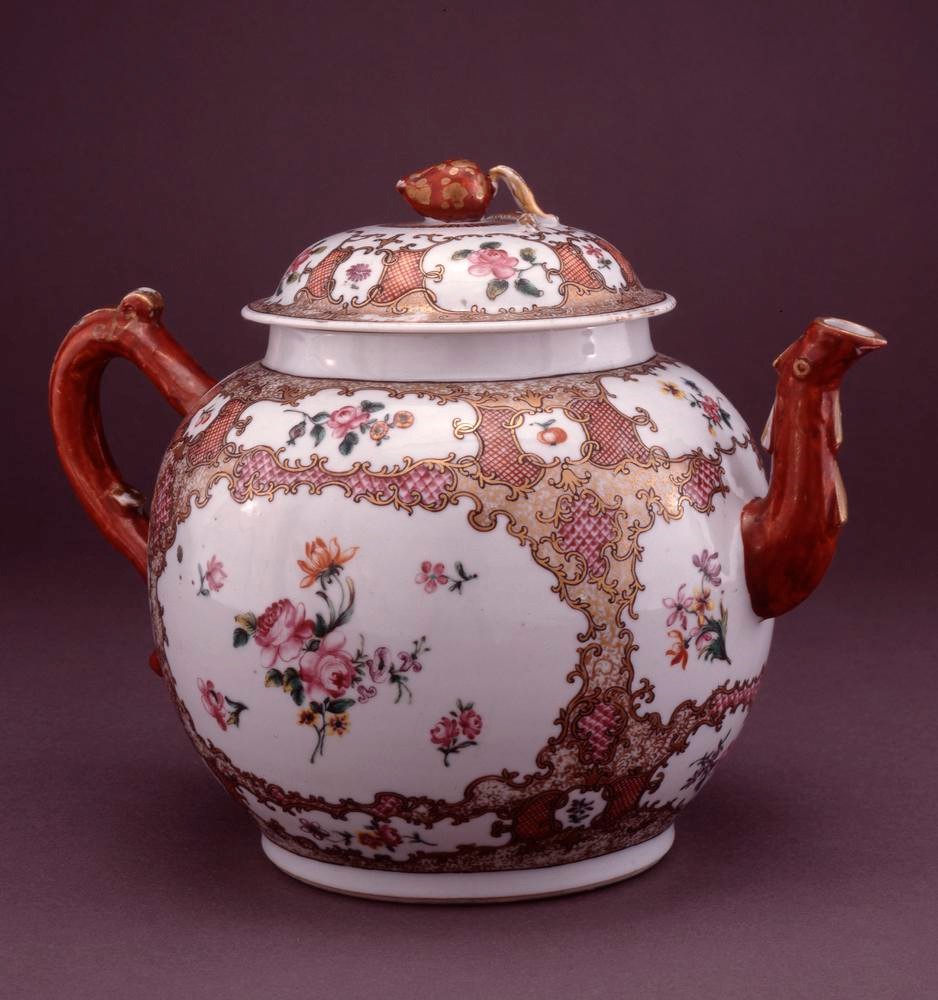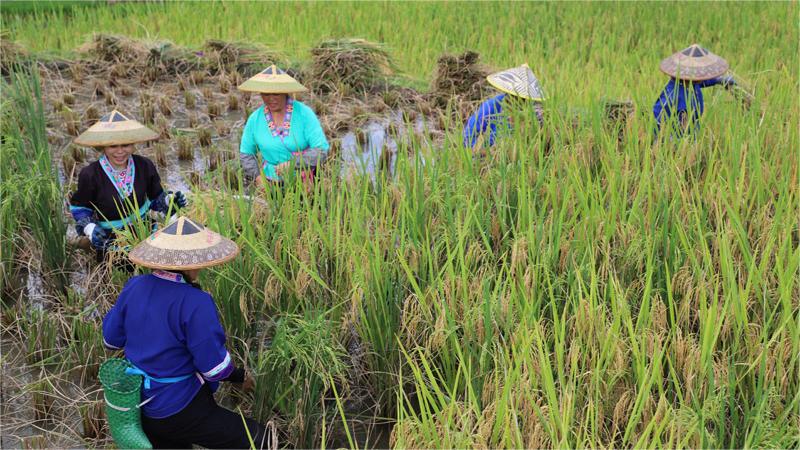Stacey Pierson: An encounter with Chinese ceramics
Since the 1920s, Western scholars have researched Chinese ceramics in scientific and academic contexts. The School of Oriental and African Studies (SOAS) at the University of London has become a significant center for this research.
Stacey Pierson, a professor at SOAS, has taught Chinese ceramics for years. She previously curated the Percival David Foundation of Chinese Art, the only museum outside China dedicated solely to Chinese ceramics. The collection, comprising about 1,700 pieces, is now displayed at the British Museum.

Stacey Pierson
Pierson has published extensively, including "Collectors, Collections, and Museums: The Field of Chinese Ceramics in Britain, 1560-1960", "Chinese Ceramics: A Design History" and "Blue and White for China: Porcelain Treasures in the Percival David Collection."
In a recent interview, Pierson discussed her work with Chinese ceramics. Her dedication underscores these objects' cultural allure and highlights international scholars' responsibilities toward them.
She noted that Chinese ceramics have profoundly influenced the U.K., surpassing other Chinese cultural imports and leaving lasting impacts on British culture and society.
Passion for researching Chinese ceramics

Stacey Pierson doing research on Chinese ceramics (Photo/Patrick Shead-Simmonds)
People's Daily Online: How did you develop an interest in Chinese art, particularly ceramics?
Stacey Pierson: I became interested in Chinese art through ceramics. I studied a bit of chemistry for my first degree and then changed my subject to the history of art. But back then, art history was strictly Western art, and it was basically what you could call fine art—painting, sculpture, and maybe a bit of architecture. So, ceramics was not part of the curriculum; I became interested in ceramics because my older sister had been doing pottery as a hobby. I used to help her out when she was making glazes and preparing clay.
I went to my Professor of Art History and said, “Where can I study ceramic history?” She said you could go to London and work at one of the auction houses. I worked at an auction house over the summer and saw hundreds of ceramics and all the ones I liked the most were Chinese, although I didn’t know at the time. I was fortunate to hear a lecture given by Rosemary Scott, the Curator of the Percival David Foundation at SOAS at the time, and I remembered going up to her and asking, “I love those ceramics, where can I see them?” She said, “You must come to SOAS and see all of the David collection”. That was when I decided to specialise in ceramics.?
People's Daily Online: Percival David began collecting Chinese art in the early 20th century. He later donated his collection to the University of London at SOAS, and in 1950, SOAS built a museum for Sir Percival, known as the Percival David Foundation. You studied Chinese ceramics at SOAS and later curated the Percival David Foundation of Chinese Art from 1995 to 2007. Can you describe your curatorial work there? What are the collection's highlights?
Stacey Pierson: Being the Curator of the Percival David Foundation was a dream come true; those of us who work in ceramics used to fantasize about working at the PDF, as we call it. I was really fortunate to be given the job after Rosemary Scott moved on, and it was an amazing experience because the collection is arguably the best in the world. As the curator of a small museum, I had access to all the pieces, which was a great responsibility.
Choosing highlights of the Percival David collection is really difficult because there are so many masterpieces. I think the most important pieces are arguably a pair of blue and white vases known as the David Vases, which are dated by inscription to 1351; they are among the earliest dated pieces of blue and white porcelain in the world. The collection also has the largest number of Ruyao (Ru Kiln) pieces in the world, apart from the Palace Museum collection. If I were to choose one piece that really represents my personal taste, it would be one of the celadons, a piece of Guan ware with a beautiful, crackled glaze. Currently, I am in the process of writing a collector biography of Percival David.

The cover of Stacey Pierson’s book “Chinese Ceramics”
People's Daily Online: As a former president of the century-old London Oriental Ceramic Society, how did you engage with its legacy?
Stacey Pierson: The historical role of the Oriental Ceramic Society in London is really important for the spread and development of knowledge, as well as for publications and exhibitions focused on Chinese ceramics and Chinese art more generally, dating back to its inception in 1921. I became president in June of 2021, during the pandemic, and oversaw the organization of the Oriental Ceramic Society’s centenary exhibition. The exhibition opened in October 2021, here at SOAS in the Brunei Gallery, and featured almost 100 years’ worth of objects. One of the objects that was most popular with visitors was a Tang period lion with a brilliant green glaze, collected by one of the founding members, George Eumorfopoulos, and now housed in the British Museum.
Chinese ceramics as cultural icons

Teapot, Qing Dynasty, owned by Dr. Johnson ? The Trustees of the British Museum.
People's Daily Online: Your books on Chinese ceramics offer valuable insights. What are some key themes in your work?
Stacey Pierson: My research on Chinese ceramics has spanned a lot of different areas over the years. I have published extensively on the Percival David collection, through which I explored the history of collecting, a relatively new field for me. I have also examined individual objects, like Dr. Johnson’s teapot, which is in the British Museum. A constant theme in my work has been the evolving identities of Chinese ceramics. They are vessels, archaeological materials, and, more importantly, cultural icons. One of the books I authored that introduces this theme is titled “From Object to Concept: Global Consumption and the Transformation of Ming Porcelain” where I explored the movement of Chinese porcelain and its impact, particularly how the idea of the Ming vase developed. The ‘Ming vase’ is a popular concept that came to represent the qualities of porcelain – fragile, rare, precious – and by extension China as a country, in places where Chinese porcelain was encountered and consumed. It is used in literature, films and even video games and cartoons.
I started actively researching Chinese ceramics in the early 1990s and have travelled extensively across China, mainly to visit kiln sites. I have often visited Shanghai because of a triennial conference on the science and technology of ceramics, which is crucial for international exchange and knowledge sharing.
At SOAS, Chinese ceramics are taught as a university-level subject with a unique teaching method. So, I have often been invited overseas to give short courses and teach. I will be working at the Chinese University of Hong Kong from January to May next year, teaching Chinese ceramics. Hopefully, this will lead to more collaboration in research and teaching in the future.
People's Daily Online: Can you discuss your recent research on Dr. Johnson's Chinese teapot at the British Museum?
Stacey Pierson: I have observed Dr. Johnson’s teapot over the years, but I didn’t start thinking about why it was called Dr. Johnson’s teapot until just before the pandemic. I looked into how it arrived here and why it was associated with someone as famous as Dr. Johnson, who is well-known in the history of the English language dictionary. This inquiry developed into a significant research project focused on the story of a single object. The research made me realise that provenance is not just a record of ownership and an important aspect of collecting history, but also significant for understanding how people identify with and value objects. Dr. Johnson’s teapot is more than just an 18th-century Chinese export porcelain object but also a material representation and link to a famous lexicographer who was known for his prodigious love of tea. One scholar has referred to this phenomenon as ‘the materialization of fame’.
People's Daily Online: What do you find beautiful about Chinese art and ceramics? Which pieces are your favorites?
Stacey Pierson: The beauty of Chinese ceramics, for me, lies in their glazes. Coming from a chemistry background, I deeply appreciate the technology behind the glazes and the mastery of colours, techniques, and textures that was achieved at a very early date in China. I do have one particular favourite piece, which happens to be in a collection in Japan; it is in a museum called Seikado Bunko Art Museum in Tokyo. It is a Song dynasty black teabowl with the most amazing glaze and electric blue spots on the inside, named ‘Inaba tenmoku’.
The movement of Chinese ceramics, such as of this teabowl to Japan, is a major subject that has recently gained significant interest, even in China. Through this movement, Chinese ceramics have contributed in many ways to various aspects of culture, daily life, design, and even architecture and literature around the world. From the time Chinese ceramics began to spread, initially through trade, to the present day, they have inspired the production of items like blue and white porcelain, which was invented in China. Chinese ceramic vessels have also introduced new drinking and dining habits, such as tea drinking, around the world, and influenced designs in fashion and architecture. The impact has been enormous, and I think we are only just beginning to understand the full scope of that impact.
Photos
Related Stories
- Broken porcelain pieces become stunning artworks at China's?Jingdezhen Imperial Kiln
- Recycled products shatter old ideas about ceramic waste
- Trending in China | Eternal white moonlight: Moon white
- Trending in China | Linglong porcelain
- Artists from home and abroad chase dreams in Jingdezhen, China's porcelain capital
- Exploring beauty of Dehua porcelain in SE China's Fujian
- Jingdezhen: Nature always wears the colors of the spirit
- Contemporary ceramics exhibition kicks off at 19th China (Shenzhen) International Cultural Industries Fair
Copyright © 2024 People's Daily Online. All Rights Reserved.









